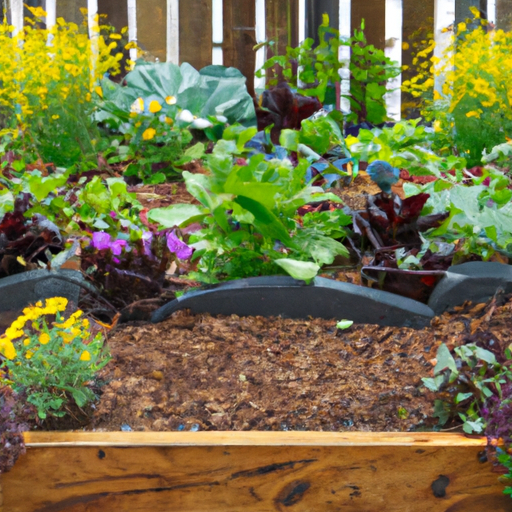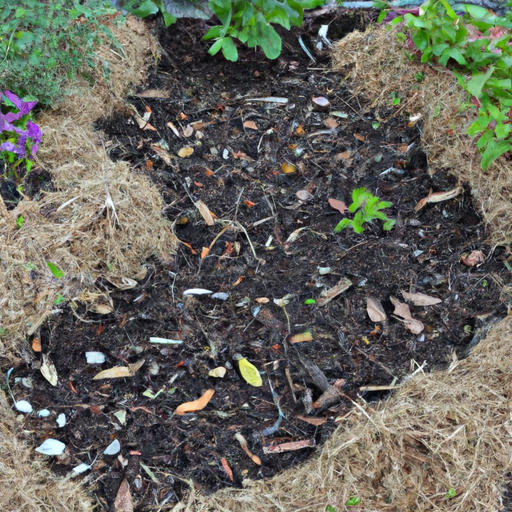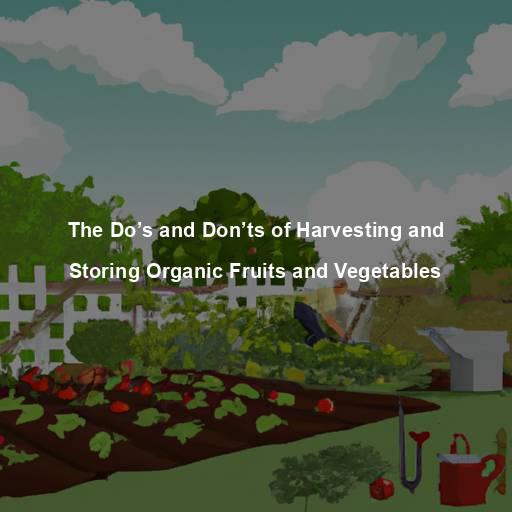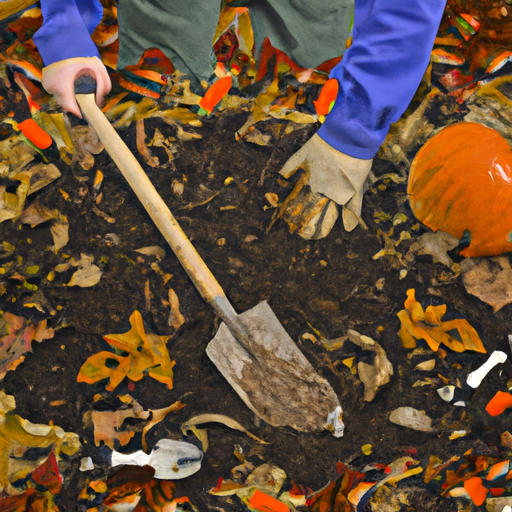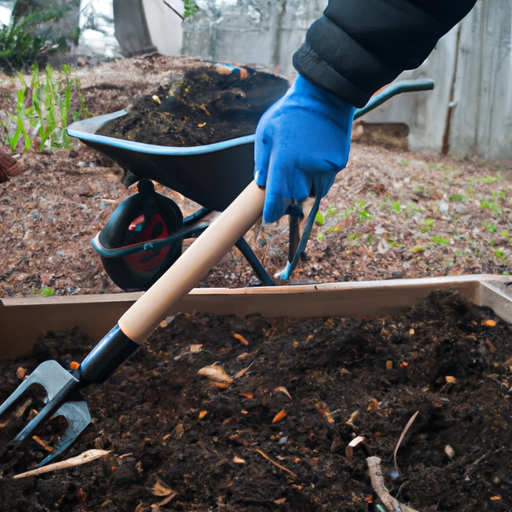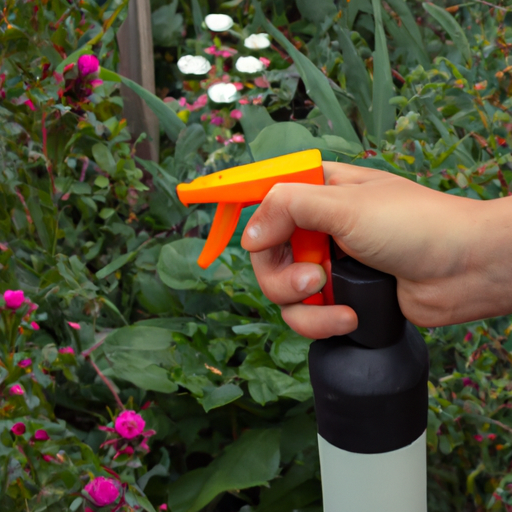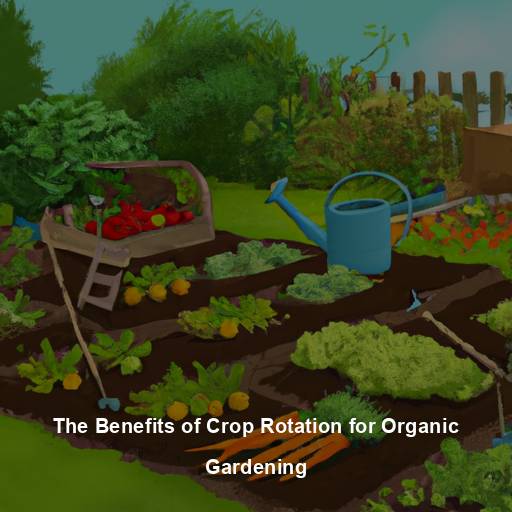As Master Gardeners, we are always searching for ways to improve the health and fertility of our soil.
One method that has gained popularity in recent years is companion planting. This technique involves pairing plants together that have complementary characteristics, such as one plant providing nutrients or repelling pests for another.
Companion planting not only benefits individual plants but also promotes a healthier overall ecosystem within your garden. By harnessing nature’s own symbiotic relationships between different species of plants, you can enhance the productivity and yield of your crops while reducing the need for chemical fertilizers and pesticides.
In this article, we will explore various examples of companion planting strategies and their impact on soil health and fertility.
Understanding The Benefits Of Companion Planting
As a Master Gardener, understanding the benefits of companion planting is essential to improving yields and enhancing soil health.
One of the most significant advantages of diversity in plant species is that it can create a thriving ecosystem that supports beneficial insects, pollinators, and microorganisms.
Companion planting also allows for efficient use of space, as different plants can occupy various niches within the same plot.
By intercropping compatible crops, gardeners can reduce weed growth and pest pressure while improving nutrient cycling in the soil.
Overall, incorporating companion planting strategies into your gardening practices can result in healthier plants, higher yields, and better soil quality without relying on synthetic fertilizers or pesticides.
Choosing The Right Companion Plants For Your Garden
When it comes to companion planting, choosing the right combination of plants can make all the difference in enhancing soil health and fertility. Companion plant combinations work best when they complement each other’s growth habits, nutrient needs, and pest control properties.
For example, planting nitrogen-fixing legumes like beans or peas alongside heavy-feeding crops such as corn or tomatoes can help boost overall soil fertility. On the other hand, making common companion planting mistakes such as pairing two plants with similar nutrient requirements or failing to rotate crops can lead to stunted growth and unhealthy soil conditions.
As a Master Gardener, it’s important to do your research before deciding which plants to pair together in your garden. By carefully selecting compatible companions based on their individual strengths and weaknesses, you’ll be well on your way to creating a thriving ecosystem that benefits both your harvests and the environment around them.
Creating A Successful Companion Planting Plan
Now that you have a good understanding of how to choose the right companion plants for your garden, it’s time to create a successful companion planting plan.
One important aspect of this is plant spacing – make sure to give each plant enough room to grow and thrive without competing with its neighbors.
Additionally, crop rotation should be taken into account when planning which plants will be next to each other in different seasons.
This practice helps prevent soil-borne diseases and pests from building up over time in one area.
By carefully considering these factors, you can ensure that your companion planting plan not only enhances soil health and fertility but also leads to a bountiful harvest of healthy, vibrant plants.
Maximizing Soil Health With Companion Planting
Companion planting techniques can be an effective way to maximize soil health and fertility.
By strategically planting different crops together, we can encourage beneficial relationships between plants that promote healthy nutrient cycling in the soil.
For example, legumes like beans and peas have nitrogen-fixing bacteria on their roots that convert atmospheric nitrogen into a form that is usable by other plants.
When planted alongside other crops, these legumes help to increase overall soil fertility by providing a valuable source of nitrogen.
Similarly, certain herbs like chamomile or dill can attract predatory insects that control pests which would otherwise damage neighboring plants.
Overall, incorporating companion planting techniques into our garden design can help us create a more resilient and productive ecosystem while minimizing our reliance on synthetic fertilizers and pesticides.
Sustainable Gardening Practices With Companion Planting
Like a symphony, a garden plays different tunes with each plant harmonizing in its own unique way.
Sustainable gardening practices through companion planting not only enhance soil health and fertility but also create an ecosystem of symbiotic relationships between plants that thrive together.
Inter cropping benefits such as pest control, nutrient cycling, and improved yields are just some of the many advantages of this technique.
Crop rotation techniques further complement intercropping by preventing soil-borne diseases from building up while replenishing nutrients lost during harvests.
As Master Gardeners, we must strive to cultivate gardens that work in harmony with nature rather than against it.
By embracing sustainable gardening practices like companion planting and crop rotation, we can ensure our gardens will continue to play beautiful music for generations to come.
Frequently Asked Questions
What Are Some Common Mistakes To Avoid When Practicing Companion Planting?
When it comes to practicing companion planting, there are some common mistakes that should be avoided in order to fully reap the benefits of this gardening technique.
One mistake is not considering the compatibility of plants when choosing what to plant together. Certain plants can actually inhibit each other’s growth and development if planted too closely together.
Another mistake is overplanting a garden with too many companions, which can lead to overcrowding and nutrient depletion in the soil.
It’s important to research and plan out which companions will work best for your specific garden space and goals before planting.
By avoiding these common mistakes, you’ll be able to enjoy all the benefits that companion planting has to offer, such as improved soil health and fertility, pest control, and increased crop yield.
Can Companion Planting Be Used In Container Gardening Or Only In Traditional Garden Beds?
Container gardening is a fantastic way to grow plants in small spaces, but many gardeners wonder if they can use companion planting techniques in these types of gardens.
The answer is yes! Companion planting works just as well in container gardening as it does in traditional garden beds.
In fact, container gardening offers some unique benefits that make it an even better option for using companion planting techniques.
By carefully selecting the right soil amendments and plant combinations, you can create a thriving micro-ecosystem within your containers that will promote healthy growth and fertility for all of your plants.
As a Master Gardener, I highly recommend incorporating companion planting into your container gardening routine for optimal results.
How Do You Determine Which Companion Plants Will Work Best For Your Specific Soil Type?
Determining which companion plants will work best for your specific soil type requires a bit of research and experimentation.
The first step is to get your soil tested to determine its pH level and nutrient content. This information will help you choose plants that are compatible with your soil’s needs.
Once you have this data, do some research on the types of plants that grow well in your area and their compatibility with other species.
Some plants, such as legumes, can fix nitrogen in the soil while others may be more effective at repelling pests or attracting beneficial insects.
Experiment with different combinations until you find what works best for your garden.
Remember, healthy soil leads to healthy plants!
Are There Any Negative Impacts On The Environment Or Surrounding Ecosystem When Using Companion Planting?
When considering the practice of companion planting, it’s important to take into account the potential impacts on biodiversity and long term sustainability.
As a Master Gardener, I always encourage gardeners to think holistically about their gardening practices.
While companion planting can offer many benefits for soil health and fertility, it’s crucial to consider how these practices may affect the surrounding ecosystem.
For example, certain plants may attract pests or compete with native species for resources.
It’s essential to carefully research which plant combinations will work best for your specific environment in order to minimize negative impacts and promote long-term sustainability in your garden.
Can Companion Planting Be Used In Conjunction With Other Organic Gardening Techniques, Such As Crop Rotation Or Composting?
Companion planting can certainly be used in conjunction with other organic gardening techniques such as crop rotation and composting. In fact, integrating these different methods can help to create a more robust and sustainable garden ecosystem overall.
For example, companion planting is often used for pest control or to enhance nutrient uptake by certain plants. When combined with practices like crop rotation, which helps to prevent the buildup of pests and pathogens in the soil, or composting, which adds valuable nutrients back into the soil, you can create an incredibly healthy environment where your plants can thrive.
As a Master Gardener, I highly recommend experimenting with different combinations of these techniques to find what works best for your particular garden space and goals.
Conclusion
In conclusion, companion planting is an effective way to enhance soil health and fertility in your garden. However, it’s important to avoid common mistakes such as overcrowding or choosing incompatible plants.
Remember that companion planting can be used in both traditional garden beds and container gardening. To determine the best companion plants for your specific soil type, consider factors such as pH levels and nutrient deficiencies.
And don’t forget to consider any potential negative impacts on the surrounding ecosystem before implementing this technique. Overall, incorporating companion planting into your organic gardening practices can yield incredible results.
It’s a great complement to techniques like crop rotation and composting, helping you create a thriving garden filled with flourishing plant life. So go ahead and give it a try – you might just be amazed at how much of a difference it makes!
Together with these methods, we Master Gardeners are committed to fostering healthy gardens bursting with life for future generations to enjoy.
